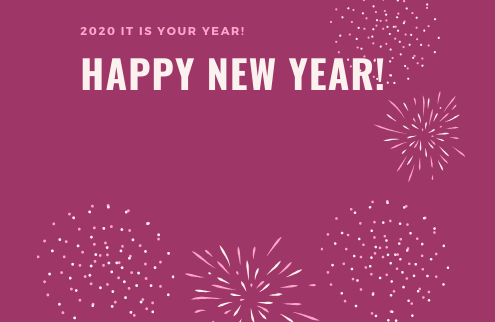Posts

Returning to Normal Operations After COVID-19 in British Columbia
Reduced Restrictions for Covid-19 in British Columbia
In British…

Business Consulting from Crisis to Planning for our ‘New’ Future
Our New Future
COVID-19 has seen the establishment of crisis…

COVID-19 = Transformative Professional and Personal Change
COVID-19 Changes
COVID-19 restrictions were put in place near…

2020 It Is Your Year!
We all have great intentions at the beginning of a New…

It is good to feel good!
Yes, we all have days, sometimes weeks, where we may hit…

